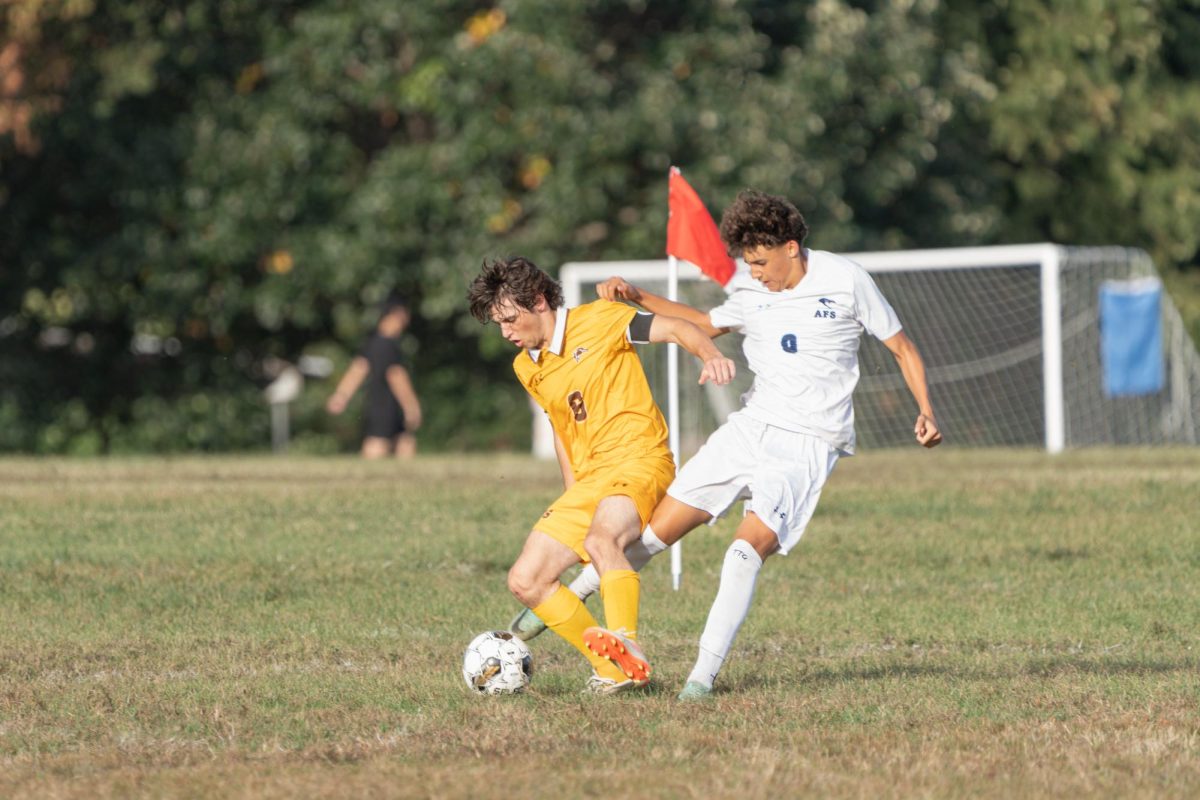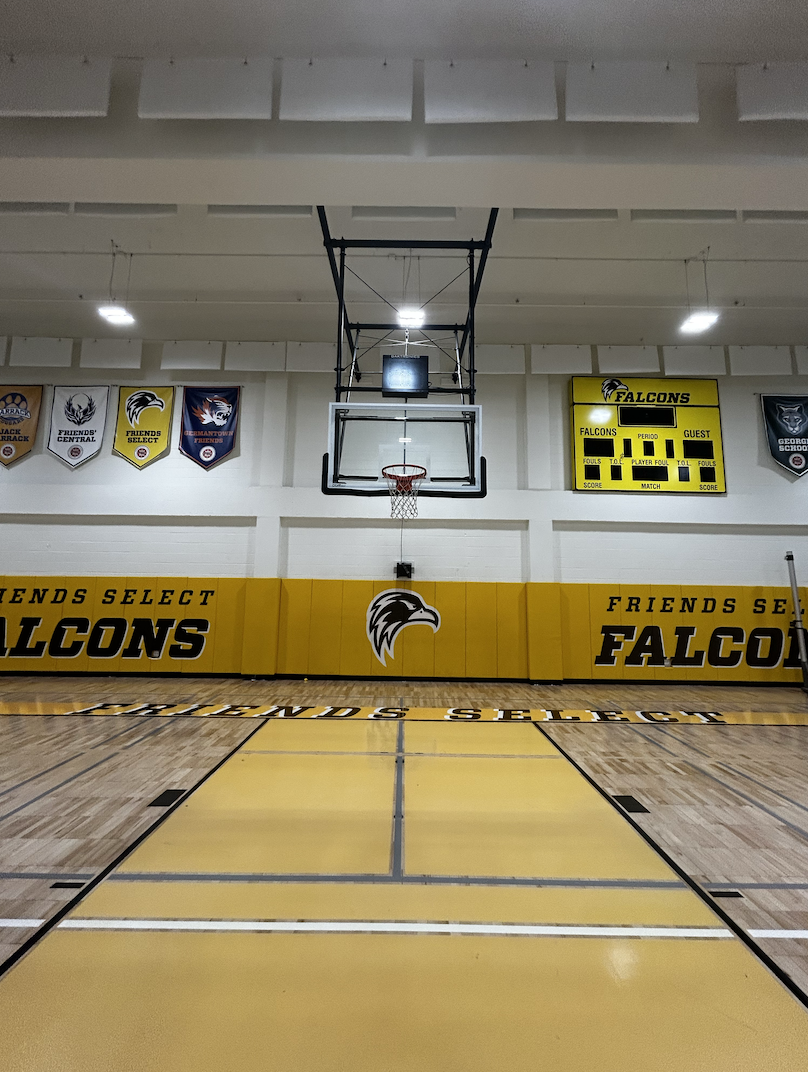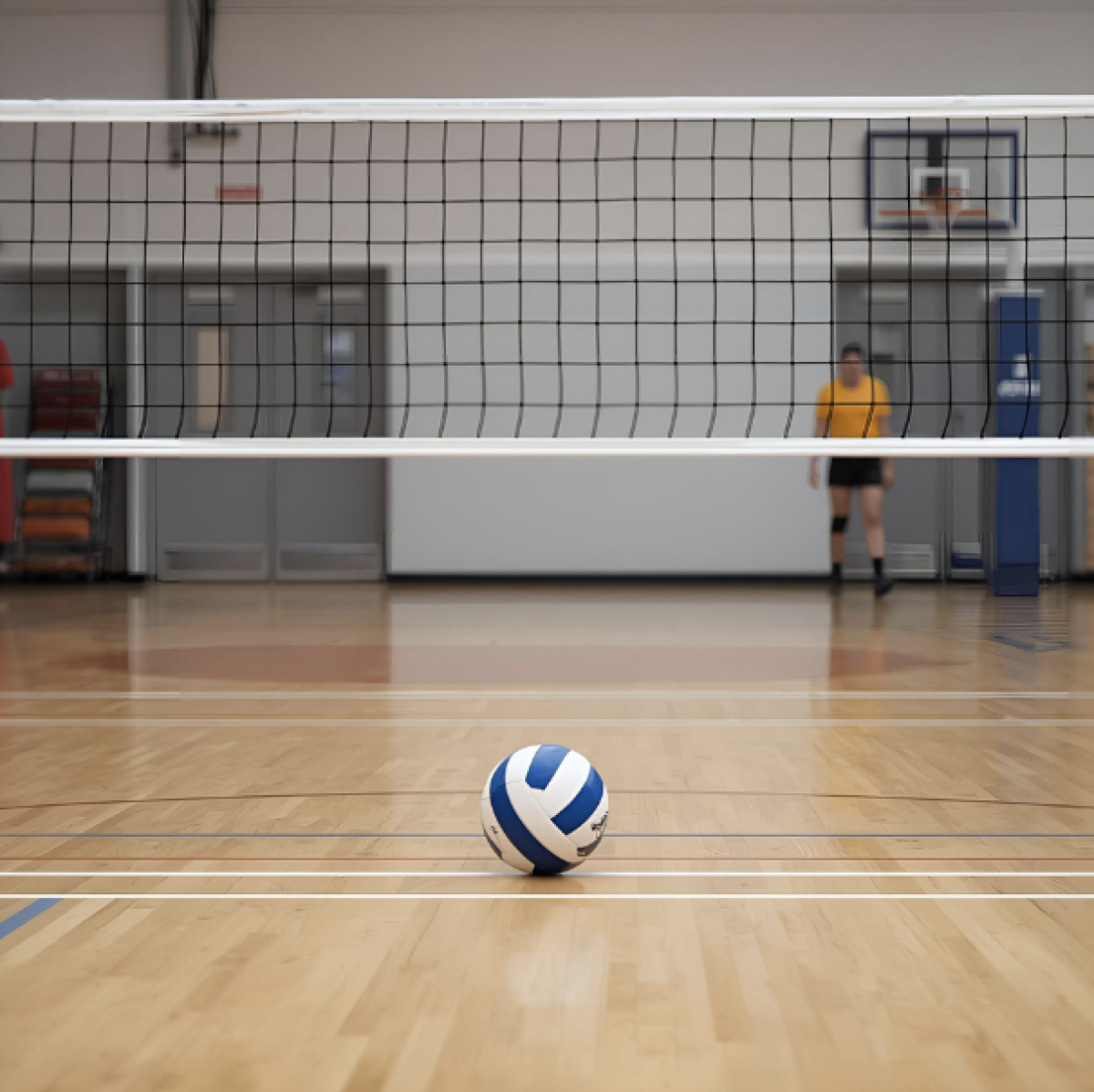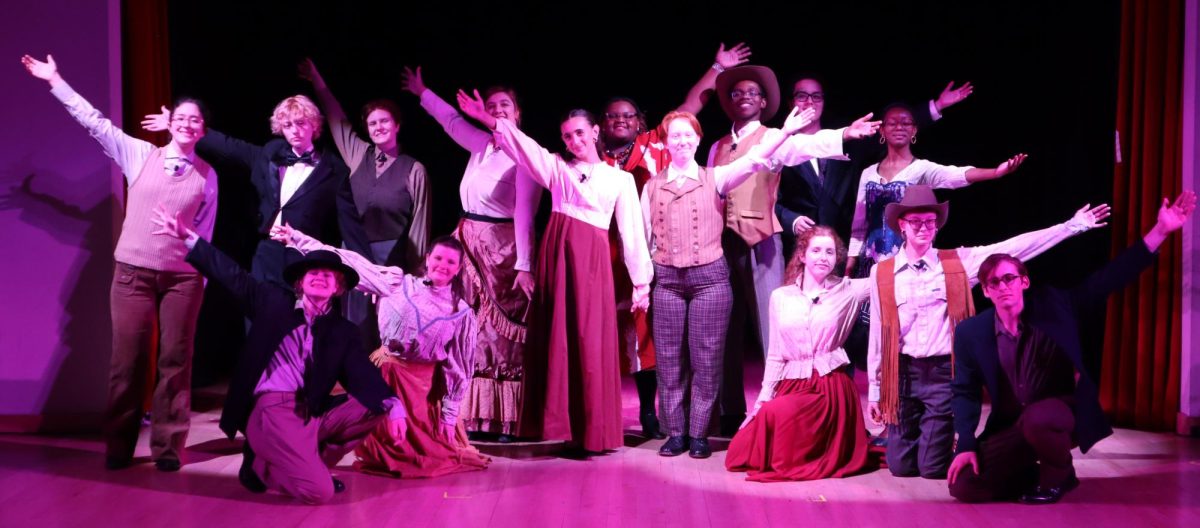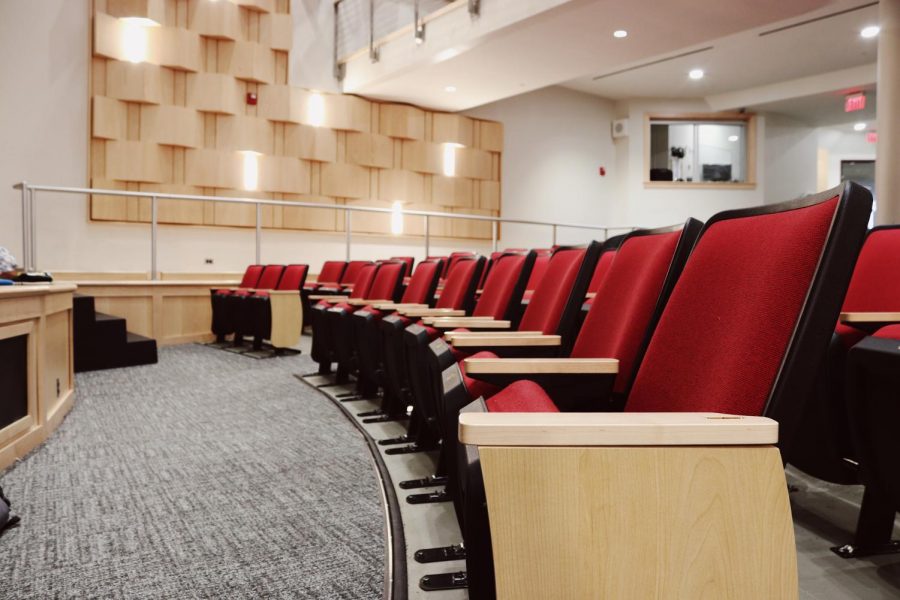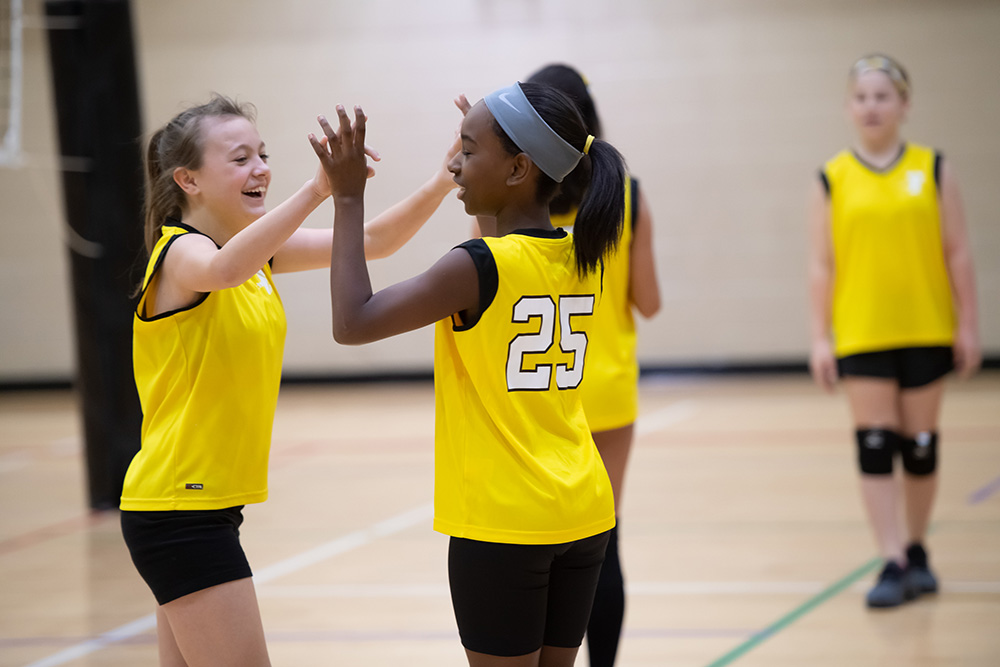There are 1.3 million fewer opportunities for girls to play high school sports than boys. Even since Title IX, gender inequality remains a significant issue in high school sports, including at Friends Select. Sports are crucial for teenage girls for many reasons, and maintaining gender equality in high school athletics is essential. Why are girls still fighting for equal footing in athletics more than 50 years after Title IX?
Girls’ high school sports often receive less attention than boys’ across the country. This inequity is evident in the availability of equipment, the quality of practice facilities, and the prioritization of boys’ teams over girls’ teams. Several examples highlight this disparity. In 2009, for instance, a Florida school cut games from schedules but primarily targeted girls’ teams, sparing the boys’ football team. In North Carolina, boys’ baseball teams had access to well-lit fields, while girls were left practicing on unlit fields. Similarly, in Benicia, California, boys’ teams had on-campus facilities, but girls’ teams had to travel to public parks for practices.
More recently, in 2018, multiple high schools in Hawaii faced allegations of gender inequality in their sports programs. Waialua High School lacked a dedicated locker room for girls, forcing athletes to change in bathrooms. At Campbell High School in Oahu, girls on the soccer team had to change off campus, sometimes outside on the bleachers. That year, a lawsuit was filed against the Hawaii Department of Education to address these issues and ensure compliance with Title IX.
Girls’ participation in sports is vital for their development and well-being, especially during their teenage years. Sports promote physical and mental health, as studies show that high school girls involved in athletics perform better academically. Sports also help girls develop a more positive body image and reduce depression. According to the 318 Foundation, “Sports teach girls how to work effectively with others towards a common goal, an invaluable skill in both personal and professional settings.” Beyond boosting confidence, sports foster lifelong friendships, encourage active lifestyles, and increase overall happiness. The Women’s Sports Foundation notes, “Girls and women who play sports have a more positive body image and experience higher states of psychological well-being than those who do not.”
Even within our own community at Friends Select, there are fewer high school sports options for girls compared to boys. The only spring sport exclusively for girls is softball. Girls can also join the school golf team and crew, but crew is a demanding sport, and the golf team primarily consists of boys. Meanwhile, boys have the additional options of baseball and tennis. Friends Select is the only school in the league without a lacrosse or track team in the spring or a girls’ soccer team in the fall.
While the small size of our school plays a role, the lack of interest from the student body is also a factor. For many years, Friends Select had a girls’ soccer team, but participation declined, and the team disbanded in 2019. It is disheartening that due to these limitations, the school cannot offer teams that other schools have, especially for girls who play soccer outside of school.
Despite these challenges, girls’ sports at Friends Select continue to grow. Assistant Athletic Director Carl Trainer shared, “Our girls’ sports continue to get stronger every year. Roster sizes have been expanding in sports like tennis, cross country, basketball, swimming, and softball. Our varsity teams are competing at a high level, and we have multiple teams for each sport in middle school. There are always possibilities for new sports on the horizon, but for now, we’re excited with the direction we’re headed.” This level of progress for girls in sports combats the inequalities but doesn’t directly solve them.
Although inequality in girls’ sports persists in terms of access and attention, progress continues. Sports play a critical role in boosting physical and mental health during developmental years. How can we address this unfairness in girls’ sports, and how can we further improve programs that are so important for girls across the country?






